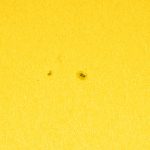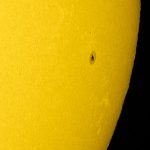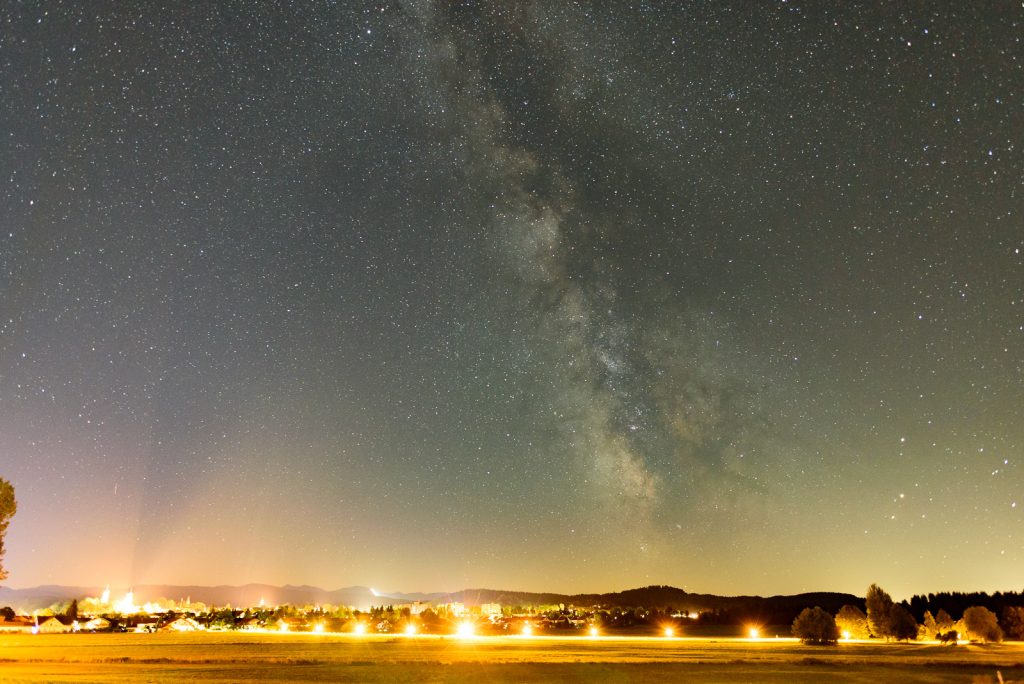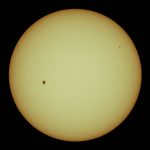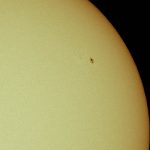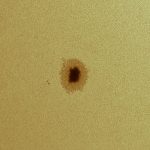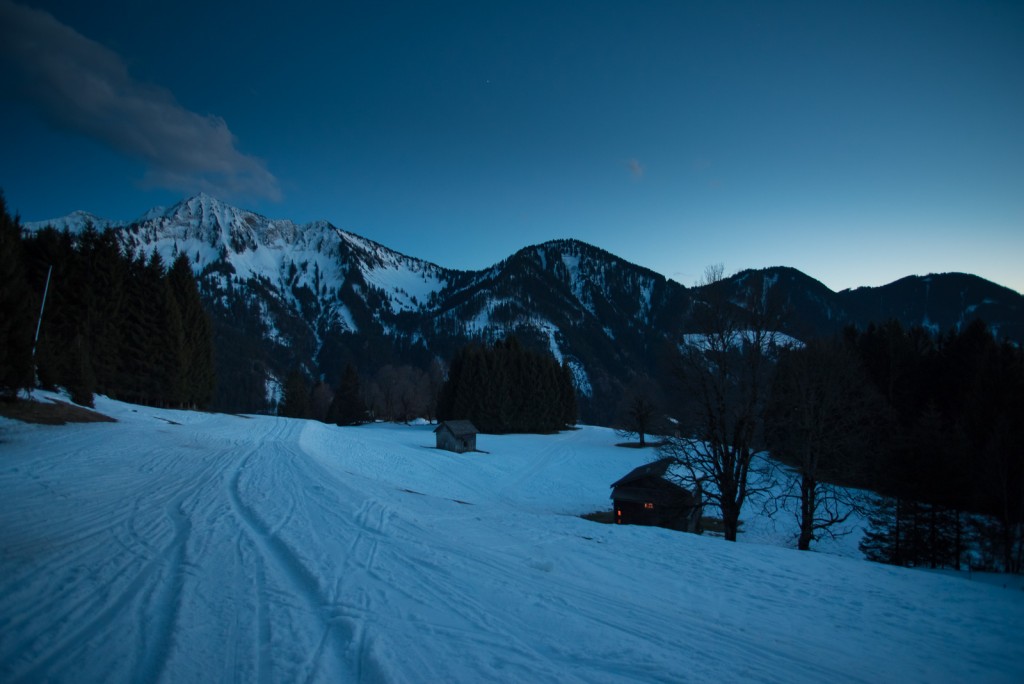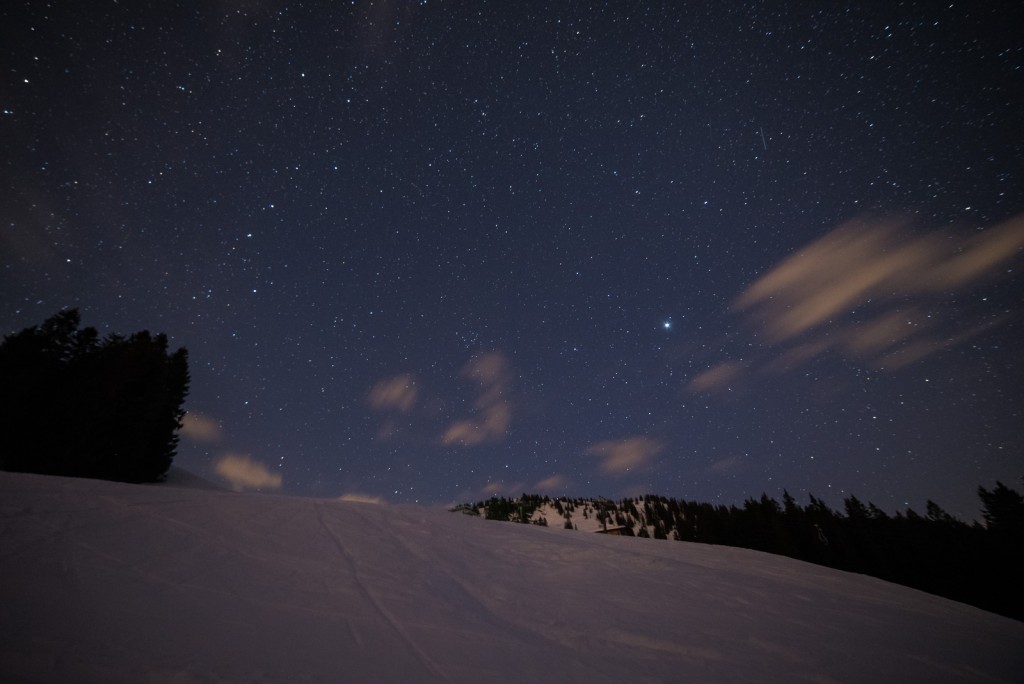The sun shows only few spots when near solar minimum. Today the Spots AR2629 and 2628 were clearly visible.
Category Archives: astrophotography
Taurus Molecular Cloud
Inspite of all the beautiful stars, I have a fascination for the dark stuff lurking between them Today I managed to get almost an hour of exposures of the Taurus molecular cloud,
Milky Way above light pollution
Giant Sunspot AR2456
These days the large sunspot AR2456 is very prominent on the sun’s disc:
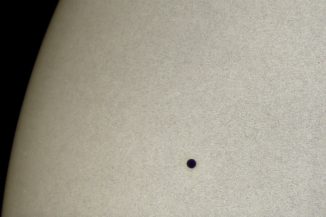
Mercury Transit 2016
Today the tiny disc of mercury crossed in front of the sun. The weather didn’t cooperate fully, and I had to switch mounts as the Meade randomly stopped tracking in RA, and the WiFi router for the roof didn’t work as expected and tested… but I was still able to get some decent images… Read More
Jupiter and Galaxies
At the beginning of the evening, a short session imaging Jupiter, then I switched over to some galaxies.
This is a short animation made from multiple AVI sequences:

M13, M5, M57
In spite of bad seeing and strong gusts of wind I did set up the big refractor to do some astrophotography. I spent quite some time to get things running – in the end the spring galaxies were already too far west in the glare of the train station, so I switched my targets to two globulars and a planetary nebula. Here is a list of what went wrong:
- I wasn’t aware that the D750 uses a non-standard USB port on the camera, I had to search for half an hour to find the original cable
- the laptop I usually use has been upgraded to Windows 10, installing the drivers for the guiding camera did not work
- on the backup laptop guiding with PHD worked, but Backyard Nikon crashed and/or got no connection to the camera, I tried many combinations of USB extension cables, USB ports, removing the SD card, formatting the SD card, upgrading to BackyardNikon 1.0.5, in the end I focused using live view of the camera and used the built-in interval timer of the camera to shoot 30 second exposures…
- the seeing was really terrible, making focusing difficult, and bloating the stars during the exposure
- for reasons unkown (user error?) the quality setting on the camera was changed to FINE, so I only took JPEG images instead of NEF( Raw)
Preparing for the mercury transit
Today I was making sure everything is in working order for Monday’s transit of Mercury across the sun.
I was able to fix the issue of the declination runaway motor of our club’s LXD-650 mount, and took some images using the 127mm refractor with a 1,4x teleconverter.

2003 Mercury Transit
On Monday, 9th of May will be another transit of Mercury across the sun, here are some pictures from May 7th 2003:
Early morning May 7th some amateur astronomers in Vorarlberg packed their gear to observe the Mercury transit from the Bödele above Dornbirn. We had some beautiful weather, and while there were few visitors, TV and Radio came and kept us busy with interviews.
Backcountry skiing under the stars
On Easter monday a friend called and asked, if I wanted to join him for a backcountry ski outing to the Nob mountain. It was the last day of service in the Laterns ski resort, so the descent was tough as the slopes were not prepared any more and very icy. With the soft backcountry skis, it was quite rough, and surprisingly loud! But the ascent was very quiet as we walked through the serene dark forests. I took a few quick snaps of the brillant winter sky:

The winter milky way can be seen above Orion. the bright star to the left is Sirius. Nikon D750, ISO 3200, 25s, Samyang 14mm at f/3.5. The elongated haze around Sirius was probably caused by a smudge or fingerprint on the front element of the lens.

